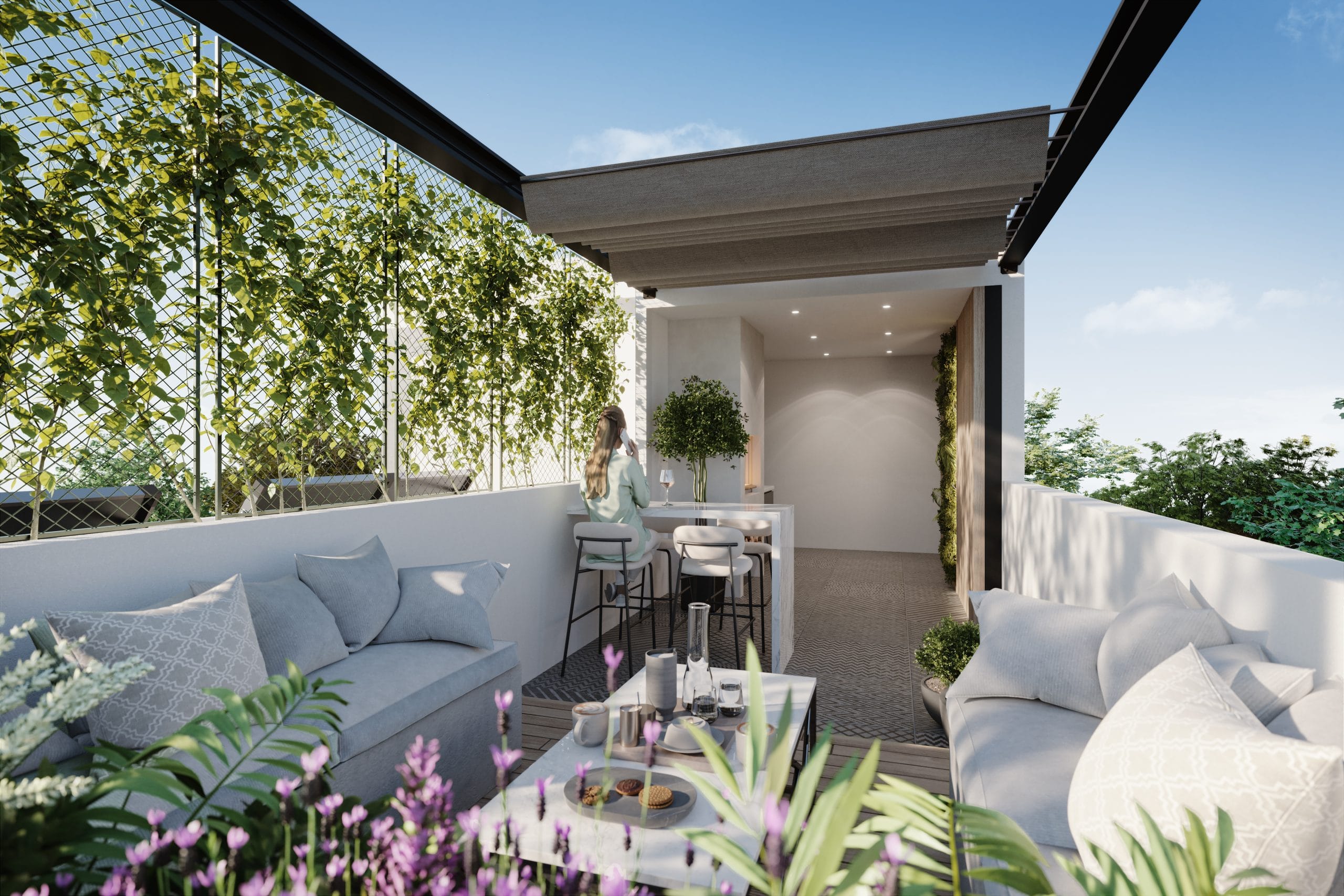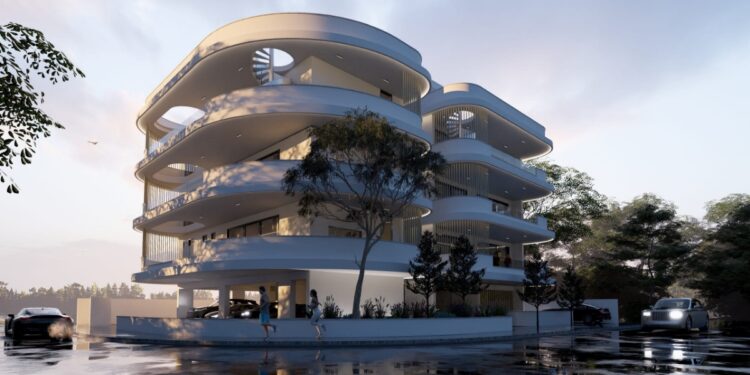Some houses grow older with grace. The walls seem to gather a kind of warmth that can’t be manufactured, the floors settle into their own rhythm, and the whole place starts to feel like it belongs there. Others, even the ones that cost a small fortune to build, lose their charm far too quickly. The paint cracks, the tiles shift, and what once looked new starts to feel tired. Most of the time, the reason is simple and easy to miss — it comes down to the materials that went into it.
What we build with becomes part of the home’s memory. Every stone, beam, and window frame tells a small part of its story, quietly shaping how it stands the test of time. When selected wisely, those materials work together to create comfort, efficiency, and value that stand the test of time. When chosen carelessly, they create a cycle of repairs, replacements, and frustration.
The Hidden Value of the Right Materials
When buyers walk through a home, most notice the finishes — the polished marble countertop, the soft sheen of a wooden floor, or the solid feel of a door handle. But behind each of those visible details lies a deeper question: how long will it last?
Durable materials do more than resist wear. They protect the structure itself. Thermal façades, for example, form a layer of insulation around a home that keeps indoor temperatures stable while reducing energy consumption. They prevent moisture from creeping into walls and keep heat from escaping during colder months. Over time, they save both money and maintenance effort.
Roof insulation is another quiet hero. It doesn’t draw attention, yet it can reduce a home’s energy loss by as much as a third. Good insulation protects against heat in summer, cold in winter, and even noise from the outside world. The result is not just comfort but resilience.
These are not decorative features; they are part of what gives a property its long-term strength.
What Makes a Material “Timeless”
Timeless materials are not necessarily the most expensive. They are the ones that balance durability, beauty, and sustainability. Clay bricks, for instance, have been used for thousands of years. Modern versions, like perforated thermal bricks, add advanced insulation properties while maintaining the natural benefits of clay — breathability, strength, and fire resistance.
Similarly, natural stone and engineered wood floors can outlive multiple generations when properly installed and cared for. They may change slightly over time — a soft patina on stone, a bit of fading in wood — but those marks only add character. Contrast that with cheaper synthetic materials that might shine brighter at first but begin to warp, fade, or chip within a few seasons.
Timelessness also means adaptability. A well-chosen material works with different interior styles. It can support a minimalist aesthetic today and blend effortlessly into something warmer or more traditional in the future. That flexibility is a quiet form of value protection.

The Role of Craftsmanship
Even the best materials can fail when handled without care. A high-quality stone slab means little if it’s unevenly cut or poorly sealed. Real craftsmanship lies in the precision of installation — in joints that align perfectly, surfaces that sit flush, and finishes that reveal skill rather than haste.
Buyers rarely see the full process behind construction, yet it’s this invisible craftsmanship that determines how well a home ages. Attention to detail ensures that walls don’t crack, windows stay tight, and surfaces remain level. The materials themselves last longer when they’re respected in the building process.
The homes that feel truly well-made are often those where every element — from the structure to the smallest hinge — has been treated with intention.
Material Choices That Shape a Home’s Feel
The materials used in a home influence more than its strength; they affect how it feels.
- Thermal façades create comfort by regulating indoor temperatures.
- Acoustic insulation ensures peace by softening outside noise.
- Natural materials like stone and wood bring warmth and authenticity that synthetic finishes can’t replicate.
- Thermal windows help keep energy use low while maintaining clarity and silence.
Each contributes to the sensory experience of living in the space — the quiet, the texture, the feeling of stability underfoot. These are the qualities that turn a well-built structure into a home people truly love.
Sustainability and Long-Term Value
There’s another layer to the material story: sustainability. Durable materials reduce waste, and energy-efficient components lower both utility bills and environmental impact. That balance between performance and responsibility is increasingly what buyers are looking for.
Homes built with sustainable materials age gracefully because they are designed with the planet in mind. They conserve energy, protect indoor air quality, and often require less maintenance. Over time, that translates into a healthier home and a better investment.
From an investor’s perspective, this is where real long-term value lies. A property built to last will always outshine one built for fast turnover. The upfront cost might be higher, but the lifespan of the materials repays that difference many times over.

A Developer’s Perspective
Some developers understand that the integrity of a home depends on what lies beneath the surface. They select materials for performance and endurance, not just appearance. They view insulation, structure, and finishing as part of the same philosophy — to create homes that will still feel solid and beautiful decades from now.
As Folia Homes notes in their own work, lasting quality begins with the fundamentals. Choosing the right materials and combining them with skilled craftsmanship ensures that each residence becomes more than a place to live. It becomes a space that tells a story of care, precision, and permanence.
Closing Thought
Over time, every homeowner figures out the same truth: the things that last are the ones that matter. A house can look beautiful at first, but if what’s underneath starts to crumble, that beauty doesn’t last very long. Real quality, the kind you can feel years later, comes from quiet confidence — knowing your floors stay firm, your walls stay dry, and your windows still fit as they should.
When the right materials come together with good craftsmanship, something changes. It’s no longer just a structure; it starts to feel alive. The surfaces age, the textures settle, and instead of wearing out, the house grows into itself. That’s how an ordinary build becomes a home with a story behind it.



































